How Has 3d Animation Affected The 12 Principles Of Animation
12 principles of animation: large review with examples
Contents:
12 principles of animation: big review with examples
Animation becomes more and more than sophisticated, interesting and, in every respect, highly impressive. We see pictures that brand our minds wander and aggrandize themselves. When some phenomenon startles people the same fashion we are fascinated with blitheness, questions oftentimes ascend. For example, what are the pillars backside blitheness?
Here'southward kind of a story. No uncertainty, the personality of the legendary Walt Disney is well-known all over the world. All of united states were growing upward while watching his studio's masterpieces. Withal, the cartoons by Disney Inc. are the example of perfection equally archetype ones so mod.
So the question, who created the 12 principles of animation has a simple and obvious answer – Walt Disney, who else! Only… that'southward non true. Walt Disney is rather a figure that is to mix up with something that grand. In reality, everything is a scrap different.
These rules were formed past Disney animators in the 1930s. Thank you to the 12 principles of animation, the do of blitheness creation has evolved from a timid kid into real art. Technologies are changing and improving, the computer has confidently entered the production process of animated films, simply these principles remain unchanged and serve as a guide for animators around the world.
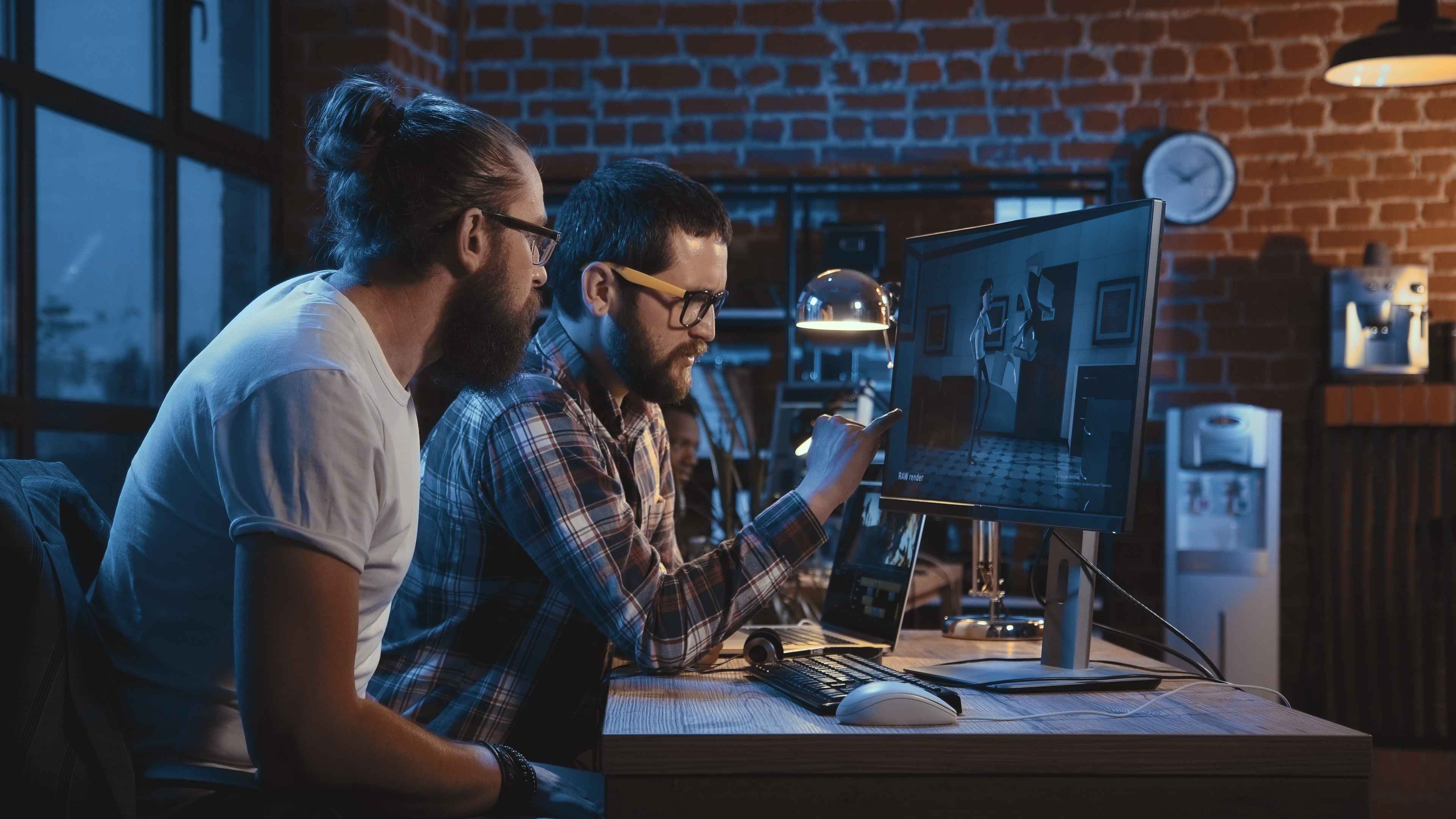
Was information technology Disney himself, creating animation principles?
Despite those rules are commonly known every bit "Disney'south", the guys, who really cooperated with the cosmos and formulating of those guidelines were two coryphaei of Disney product studio – Frank Thomas and Olly Johnston. They recovered the tips to brand your process of animation making efficient and comfortable both for the main and the consumer. Both of them had had huge experience and had worked for Disney Studio quite for a lifetime, and the principles of animation were their vital inkling for the apprentices in cartoon making and animation in its mod form included in their book.
What are the principles of animation past Thomas & Johnston?
Let'due south look through their animation principles with examples to understand those 12 animation rules conspicuously.
Compression and stretching
Key point: the essence of the reception is to requite the stature "prophylactic" qualities: the living trunk is always compressed and stretched while moving, in animated films these deformations are served in a hypertrophied grade. The main rule is that the volume of the character'south body remains the same all the fourth dimension – except for admittedly radical cases.
How does it modify? It never gets old, and hardly ever volition. All the same, there is a affair: the technologies have changed, so today animators utilize them a bit differently. But also inverse the tastes, style and standards. There are so many characters – peculiar, unique, weird – that take to exist moved by animators. Many cartoons include characters that movement rather curiously than naturally. Anyhow, the principle is working.
Staging
Cardinal indicate: poses and facial expressions (or muzzles) should be extremely simple and humanly expressive, fifty-fifty hyper-expressive. The principle of theatricality is based on the main rule of the theatre, where, equally you know, you cannot make out fine lines from the back rows. The camera must be positioned and then that the viewer sees all the movements of the character, and the clothing should non hide his movements.
How does it change: You practice know that this one not only vanished but even got improved? At that place are new styles of blitheness (fantasy, full globe-building, photographic camera-tracking compositing, mixed-media) that require picturing different psychology, therefore expressiveness should be different.
Apprehension or refusal
Central point: In real life, earlier performing any action, a person unremarkably has to practice preparatory movements – for example, earlier jumping, it is desirable for a person to sit down, or accept a hand back before throwing, or wipe for a blow. A transition from pose to pose: before the detailed frame-by-frame cartoon of the grapheme, the movements are pre-arranged: the artist draws the main points and places the character on the stage, and simply so practise the assistants draw all the frames of the motion. This approach provides improved performance and the absence of random blunders.
How does it change: I more fourth dimension: nowadays many animation styles appear basically out of nowhere, and the preparatory movements are not the same as in classic movies. For instance, if you lot have a await at the game animation, you would have to face one "set" of such movements. In Pixar movies it remains the same, simply yet it has differences.
Follow through and overlapping actions
The key point: the movement should never stop. Even if the figure is mostly static, its small elements must be constantly in movement, moreover, the artist must constantly keep in mind the "body hierarchy".
How does information technology change: This hierarchy allows you to link all the movements of the character in a separate chain and rigidly describe the rules by which he moves. What is inverse? The style Permit'due south take a wait at Coraline Jones' movements – the main character from the movie is chosen "Caroline". It's stop-motion animation. Her body is always aligned with the body hierarchy. Her eyebrows play another role, but everything is well-orchestrated, and then to say. She's not looking usually – her caput is big, her body is very thin and she doesn't move the manner we used to see cartoons move.

Boring in & Irksome Out
The key point: every motion accelerates and slows downward. This principle is directly related to the 4th principle: developing the expressive poses, the artist puts all his skill, therefore, these moments should be emphasized. To do this, assistants finish the movements in such a way that most of the frames are side by side to the central postures: the character every bit if slips from one layout to some other, slowly leaving the pose and slowing down from the other.
How does it modify: One of the principal rules behind animation that hardly ever change.

Movement in arcs
The fundamental point: living organisms always motion along arcuate paths (it is but a drunken snake that crawls strictly in a straight line). Sometimes it seems that during sharp movements this principle is non respected since movements get in a straight line.
How does it change: Well… it is still truthful, merely we've got a lot of animated ads and promotional videos that follow rather different movement ideas. Many characters in simple videos are more robotic – simple every bit well. So, the principle is still out there, but at that place are exceptions to this one.
Secondary Actions
The key point: to emphasize expressiveness and emotionality, and therefore they are extremely widespread in animation.
How does it modify: It is not at all!
Timing
The key bespeak: The weight of the character is fabricated up of such factors as movement speed and inertia. When computing the fourth dimension takes into business relationship the weight, inertia, volume and emotional state of the hero. The mood is also transmitted by the speed of movement of the graphic symbol. So the depressed character moves very sluggishly, and the inspired i moves quite energetically.
How does it modify: It is still a rule, but animators often play with time, space and physics. And then the weight of the character does non always depend on movement speed and inertia.
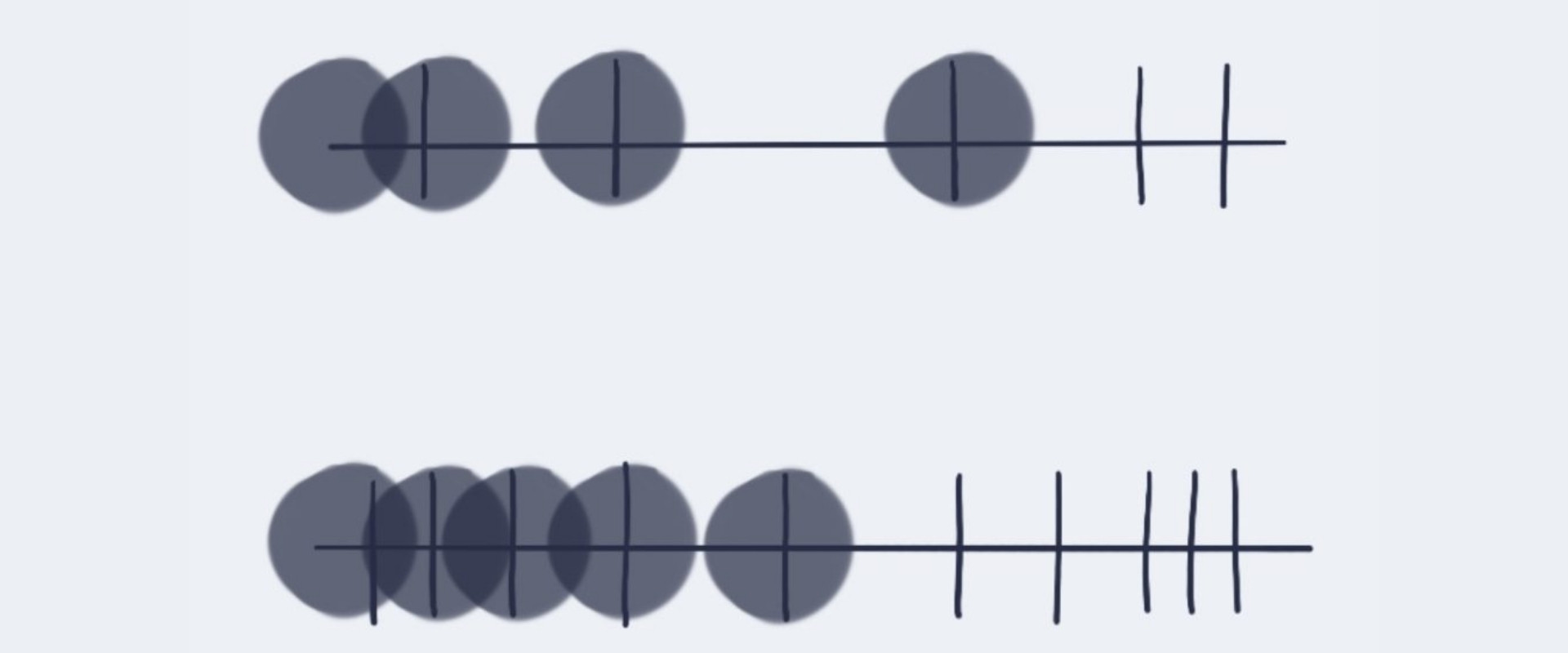
Exaggeration or "extravaganza realism"
The key point:
Essential realism in blitheness does not work, but the hypertrophy of all elements is very much the same. The sad character should look darker than a cloud, the graphic symbol happy – smooth and glow like a Christmas tree, an angry character should look like a steam boiler, which is about to jerk.
How does it alter: It changed drastically! Nosotros can see now exaggerations of all sorts due to the universe's rules inherent to animation. Besides, dystopian narratives and a variety of mail-worlds are very popular nowadays.
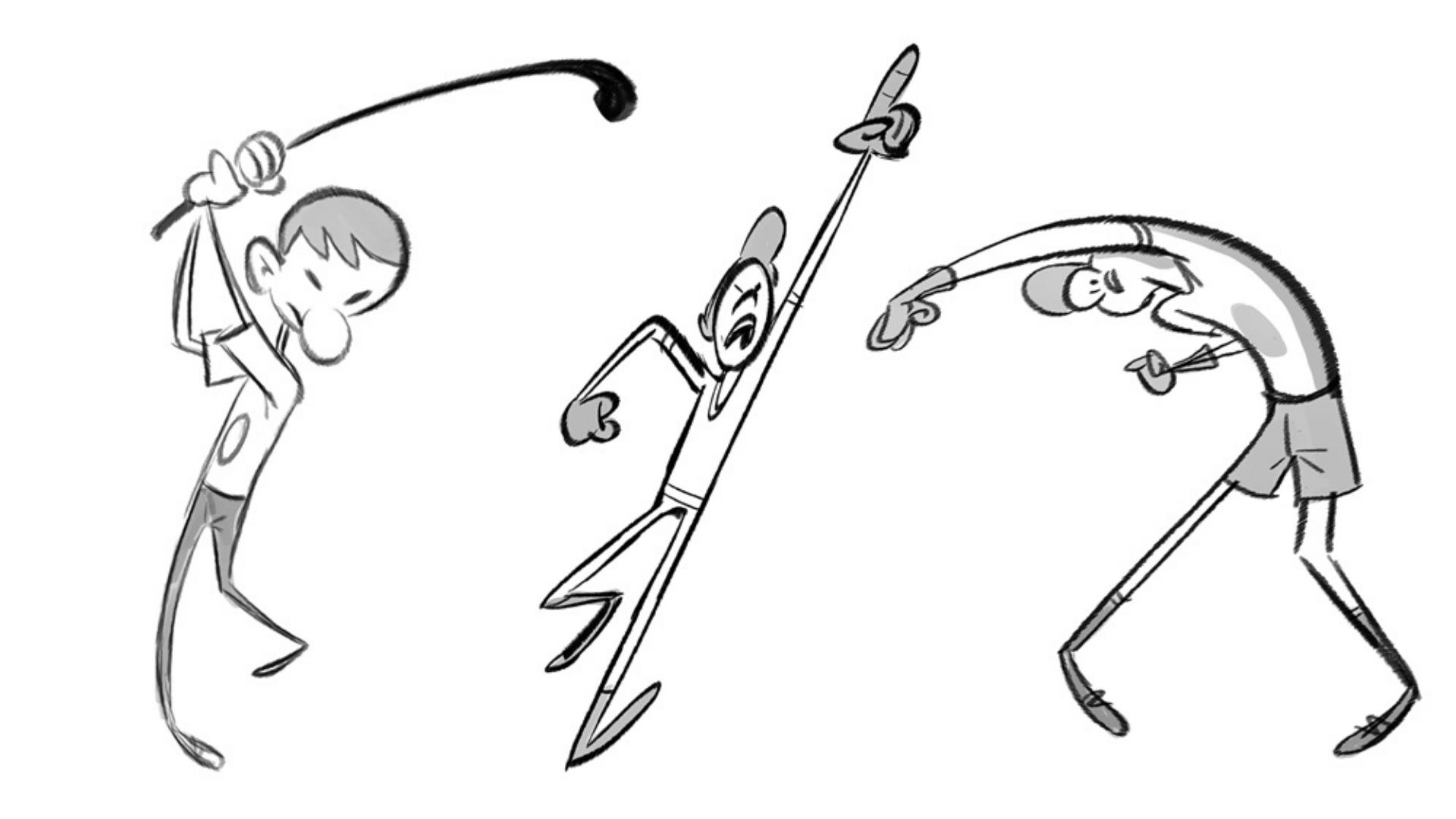
Solid Cartoon
The key point: the word cartoon refers to traditional whiteboard blitheness. In the instance of 3D graphics, nosotros are talking near the expressiveness of the grapheme. The poses of the hero convey his mood, intentions. Here, too, it is worth mentioning the possibility of using a silhouette.
How does information technology modify: The expressiveness of the graphic symbol's behaviour and poses convey to the viewer the overall mood of the scene. It doesn't alter over years, and it won't at all.
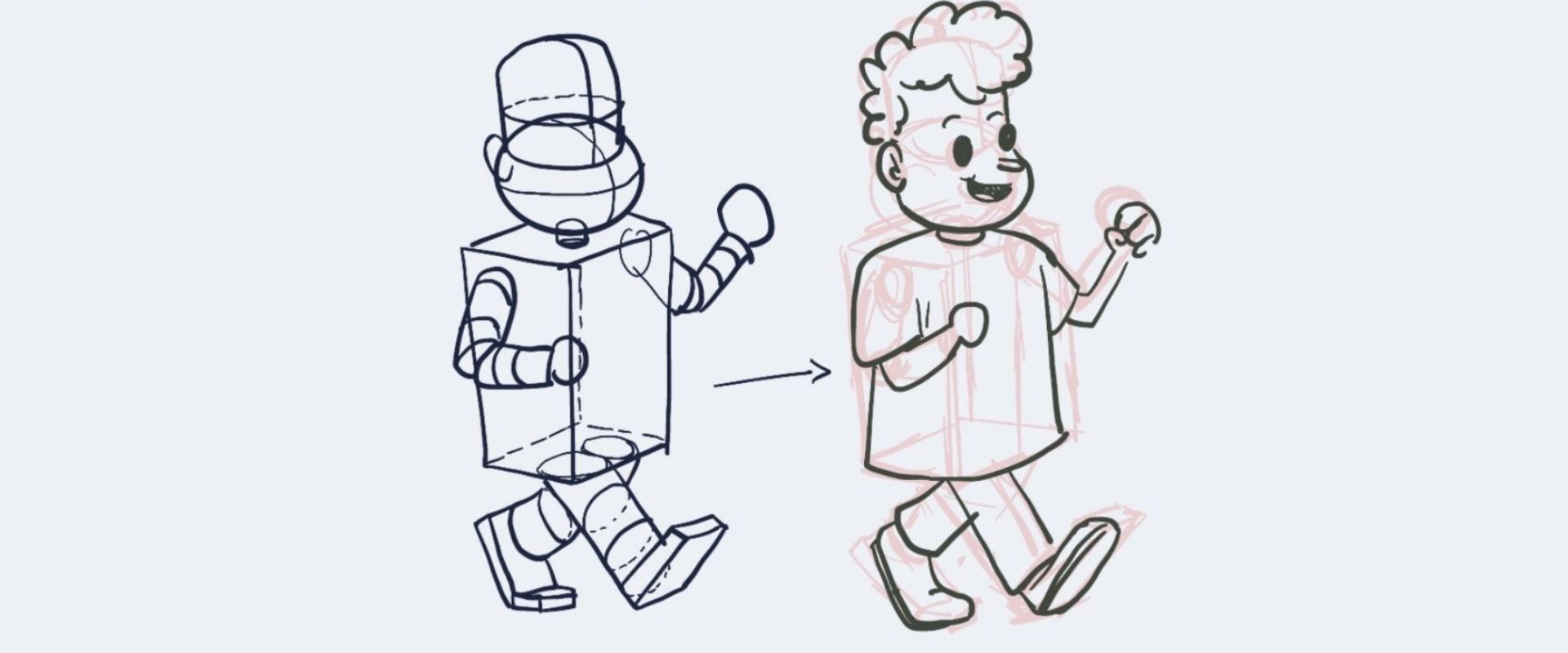
Delight, Happiness, Appeal
The primal point: If the graphic symbol is boring to watch, and so the whole movie will be irksome. Even ugliness can be made in some way attractive (at least attracting attention), and vice versa – an attractive outwardly character tin can be turned into a real devil by relatively simple means. Behind an example, it is non necessary to get far: the "Beauty and the Beast" cartoon. The terrible "monster", laid out at once from several animals, as a result, turns out to be more than sympathetic, while the handsome Gaston from the very first moment of his advent arouses suspicions that he is an inveterate bastard.
How does it modify: Notwithstanding, the number of worlds that were made out of animation is countless. In some of them, there are simply villains, merely bad guys that notwithstanding fit into this principle.
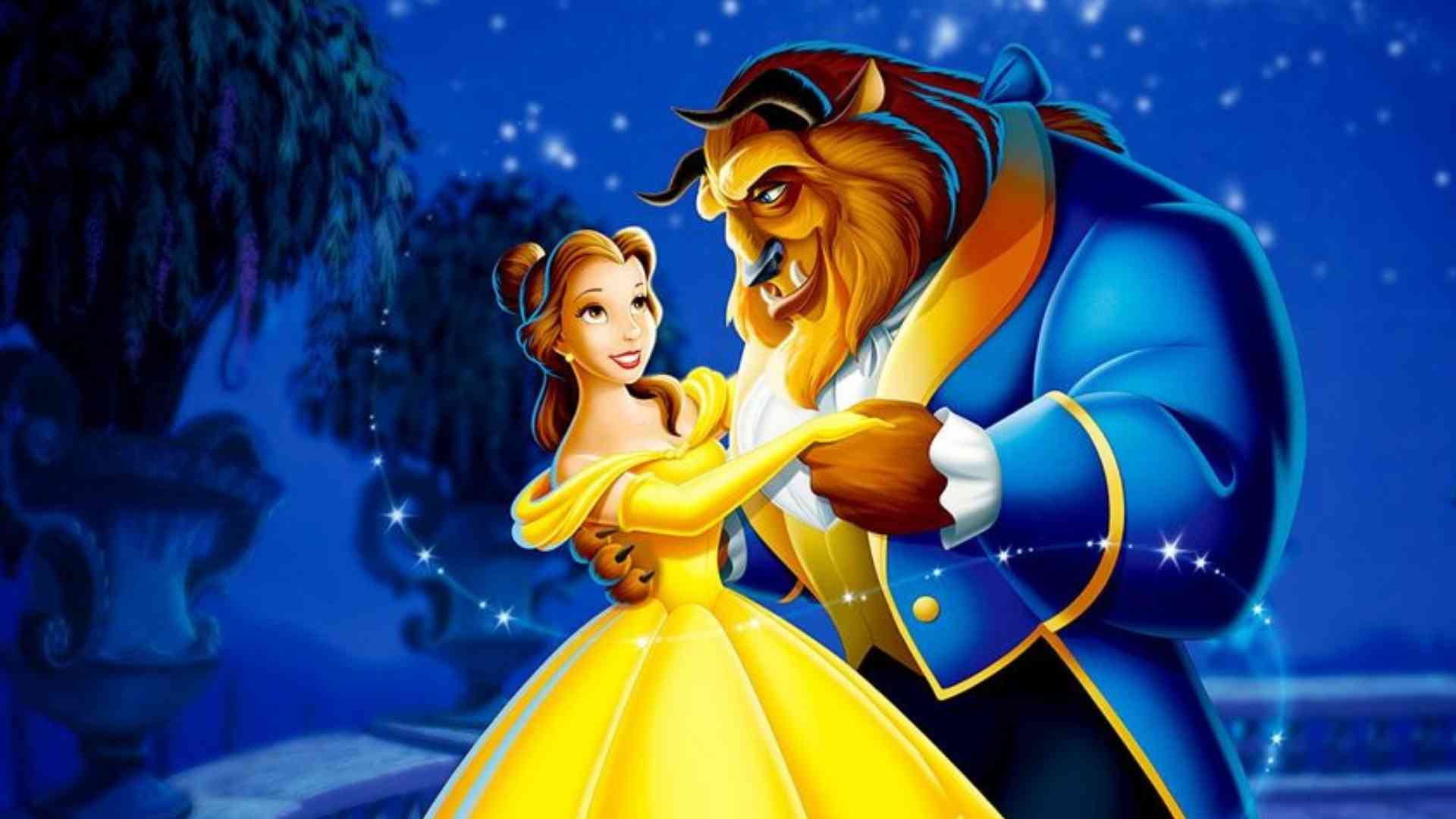 "Beauty and the Beast"
"Beauty and the Beast"
Summary
Animation still stands in the same pillars every bit they were established past the guys from Disney. However, later on all these years non only engineering has changed, only also the way people run across narratives. Even though a narrative is only a course, today it affects the stories, and these have an immense impact on characters.
Many brands engage their audiences with blithe character videos and boost their position on the market. Darvideo animation studio can make a unique video for your business. Contact us right now!
You may also be interested in:
Most Unusual Explainer Videos of All Times: How to Create One?
Tone of voice for a brand: how to craft it with the help of an animated video
Why animation is a powerful storytelling tool?
Source: https://darvideo.tv/blog/recovering-the-classics-famous-12-principles-of-animation/
Posted by: wheelerrone1950.blogspot.com

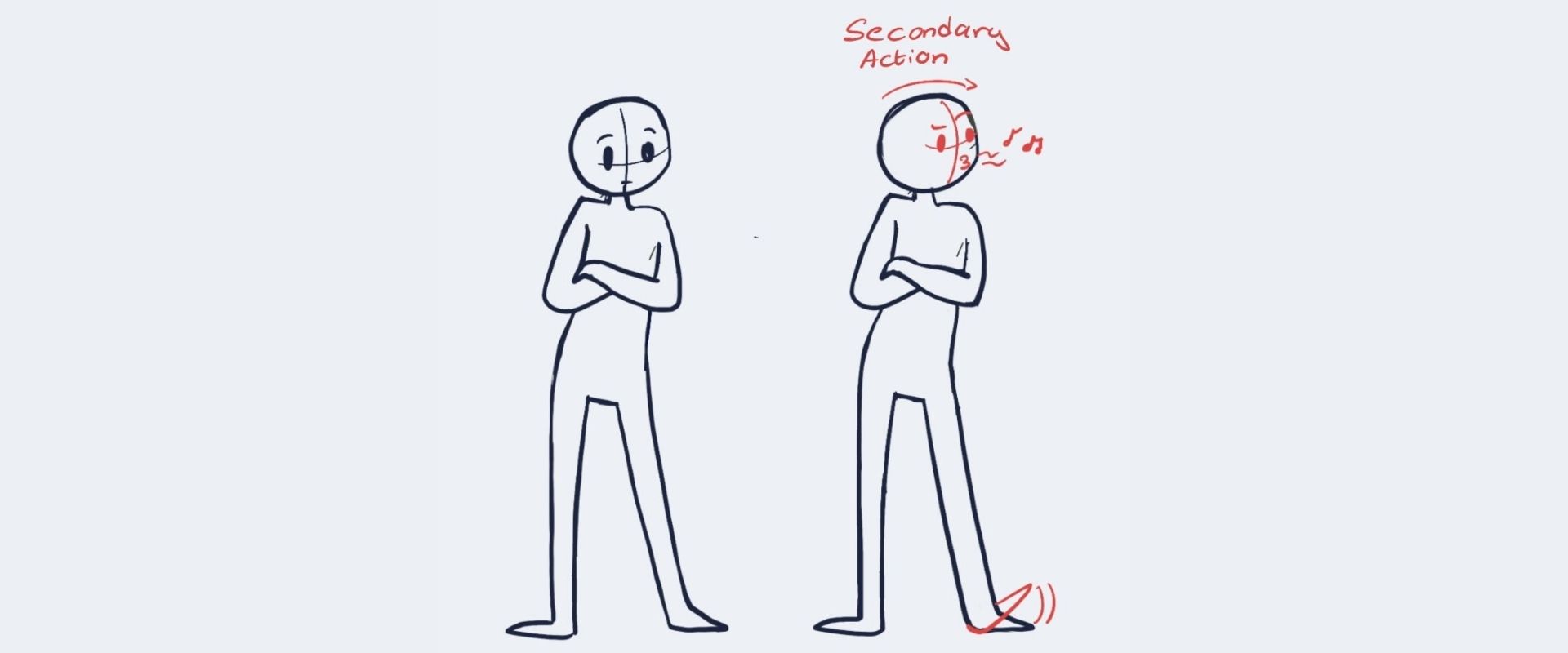
0 Response to "How Has 3d Animation Affected The 12 Principles Of Animation"
Post a Comment